Losing 20 billion USD due to lack of Chinese tourists
In mid-August, China opened up to group travel to the US and several other countries, a move that US Commerce Secretary Gina Raimondo hailed as a “significant win for the US travel and tourism industry.” She then cut to the heart of the matter: US tourism officials are expecting a return of Chinese tourists, who are by far the biggest spenders among global visitors, according to Forbes .
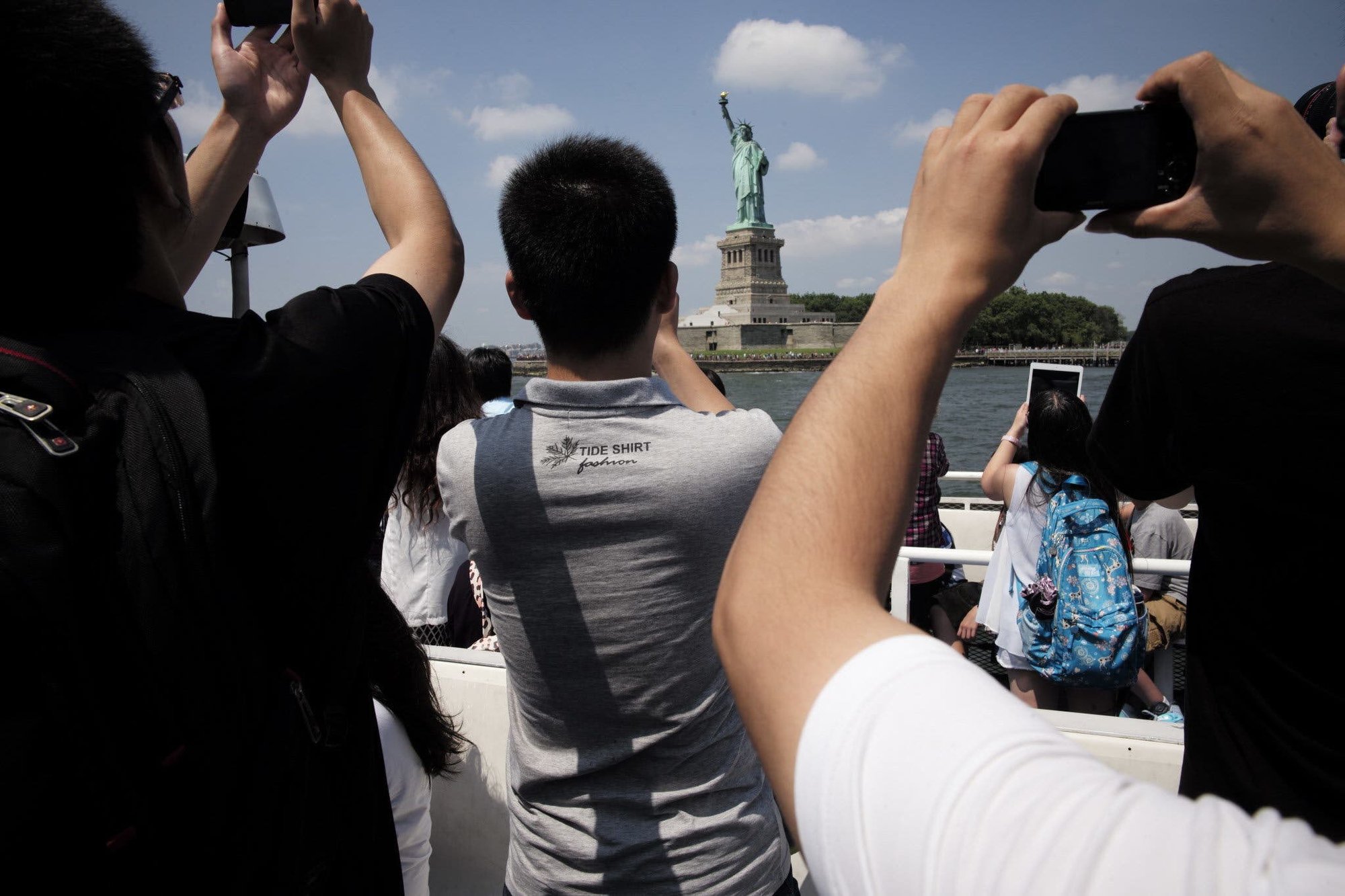
Chinese tourists take photos of the Statue of Liberty
Before Covid-19, 3 million Chinese tourists visited the US annually, contributing more than $30 billion to the US economy. In 2019, 2.8 million Chinese tourists accounted for just 4% of all foreign visitors to the US, but accounted for 13% of spending. According to the National Travel and Tourism Office (NTTO), an agency of the US Department of Commerce, there will be 850,000 fewer Chinese tourists visiting the country this year. The 68% drop in tourist arrivals means that Chinese tourists will not spend more than $20 billion in the US this year.
Three months after the pandemic officially ended, the U.S. tourism industry is still recovering. Before Covid-19, 79.4 million international visitors to the U.S. pumped about $239 billion into the national economy, accounting for nearly 10% of all U.S. exports and services. In 2023, the U.S. is expected to welcome 62.8 million international visitors—up 21% year-over-year but still 21% below pre-Covid-19 numbers. Visitor numbers are not expected to reach pre-pandemic levels until 2025.
The decline in international arrivals is not evenly distributed across source markets. The two largest markets for visitors to the United States, Canada and Mexico, are down 19% and 8%, respectively, compared to 2019. Meanwhile, visitors from the United Kingdom, the No. 3 source of visitors before the pandemic, are down 11%. And the fourth and fifth largest sources of visitors in 2019, Japan and China, are down 61% and 70%, respectively. “There is definitely a dynamic that is making travel to Asia, at least to the United States, not what it used to be,” said Geoff Freeman, president and CEO of the U.S. Travel Association.
The U.S. Department of Commerce has set a national target of 90 million international visitors by 2027. The most prized visitors are those who stay longer and spend more at hotels, restaurants, shops, and attractions. According to data collected by NTTO, the average Chinese tourist traveling alone spends $10,445 during a trip to the U.S. By comparison, a typical visitor from the U.K. or Brazil spends $2,576 and $3,269, respectively, while the average Japanese tourist spends $3,783. In other words, it takes about three Brazilian tourists or four British tourists to make up for one Chinese tourist.

Chinese tourists take photos in front of Facebook headquarters
The drop in Chinese visitors has been particularly devastating for West Coast cities like San Francisco, where 518,000 Chinese visitors pumped more than $1.2 billion into the local economy in the year before the pandemic. “Last year, we had about 48,000 visitors and we spent about $286 million,” said Hubertus Funke, executive vice president and director of the San Francisco Travel Association. “So there’s obviously no comparison to 2019.”
The global travel and tourism market is worth $855 billion, a pie that is expected to surpass $1 trillion by 2027. Amid intense global competition, tourism officials admit that the U.S. recovery — in terms of travel and spending — has been slower than expected. “Clearly, travelers are making decisions, and too many are deciding not to come to the U.S.,” Freeman said.
Reasons for the decline in customers
Before travel from China can fully recover, the number of flights between the two countries—a number jointly determined by the two governments—must increase significantly. Currently, Chinese airlines operate just 12 scheduled passenger flights per week to the United States, while the three U.S. carriers—American, Delta, and United—operate a combined dozen flights to China. By the end of October, those numbers will have doubled in each direction—but that’s still a fraction of the 366 flights between China and the United States in August 2019.
Overall, the United States remains the world's most desired country to visit. However, there are signs that America's competitive edge may be eroding.
“Global plans to visit the U.S. fell 16.3% last year to their lowest level in a decade and three points below pre-pandemic levels,” said Erin Francis-Cummings, president and CEO of data analytics firm Destination Analysts. She also noted that gun violence in the U.S. was the No. 1 concern for travelers from China, Australia, and Canada, along with costs.
Last September, a Morning Consult survey of Chinese travelers found that media coverage of mass shootings in the United States was a significant factor in fueling these fears. “Ninety-three percent of Chinese travelers said violent crime was a reason they avoided traveling to the United States,” said Lindsay Roeschke, Morning Consult’s head of travel.
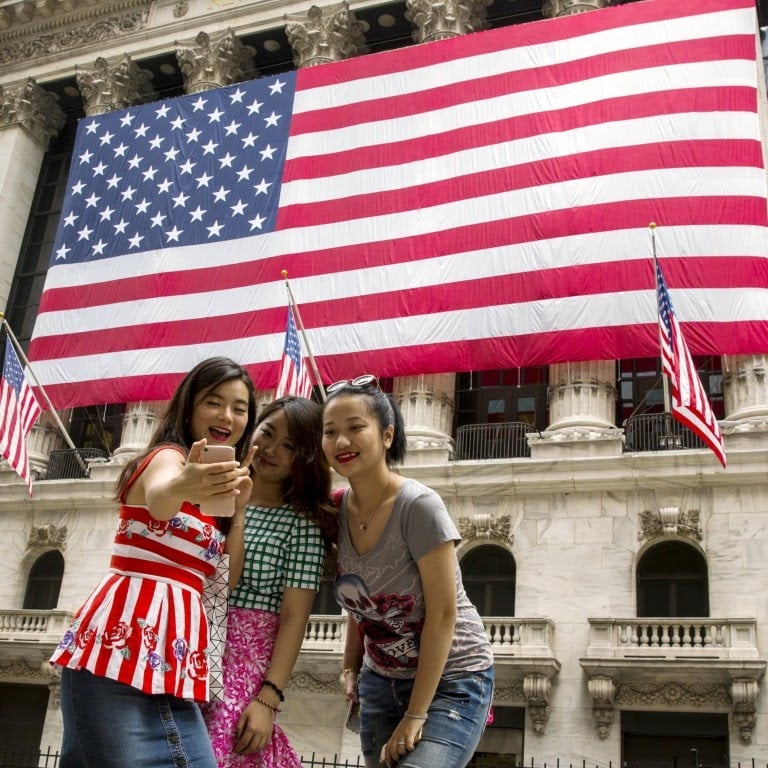
Chinese visitors to the US have been declining since before the pandemic
Another major issue for U.S. tourism, however, is visas. Canada in June exempted 13 different countries from visa requirements that the U.S. still requires. Freeman’s top recommendation is that the State Department significantly reduce visa wait times, as long wait times create unnecessary obstacles for travelers. Visa interviews for travel to the U.S. often take more than a year, and sometimes more than two years.
For example, last fall, the UK removed its visa requirement for visitors from Colombia, the top entry market to the US, where visitors now face an average wait time of nearly 800 days. And visitors from the Philippines, who were recently granted visa-free access to Canada, are waiting an average of 183 days for a US visa interview.
“Visa wait times and visa processing are the top deterrents to visiting the US in these markets – above safety and even cost,” said Erin Francis-Cummings.
Many blame the pandemic for the drop in Chinese tourism, but the downturn actually began before Covid-19. In the 2000s, Chinese tourism to the US tripled to more than 800,000, and then tripled again in the five years from 2010 to 2015. But by 2017, the growth rate of Chinese tourism to the US had slowed to just 4%. By 2018, amid geopolitical tensions related to the trade war, Chinese tourism fell for the first time in 15 years.
Source link




![[Photo] Prime Minister Pham Minh Chinh chairs the Government's special meeting on law-making in April](https://vstatic.vietnam.vn/vietnam/resource/IMAGE/2025/4/13/8b2071d47adc4c22ac3a9534d12ddc17)
![[Photo] National Assembly Chairman Tran Thanh Man attends the Policy Forum on Science, Technology, Innovation and Digital Transformation](https://vstatic.vietnam.vn/vietnam/resource/IMAGE/2025/4/13/c0aec4d2b3ee45adb4c2a769796be1fd)
![[Photo] National Assembly Chairman Tran Thanh Man attends the ceremony to celebrate the 1015th anniversary of King Ly Thai To's coronation](https://vstatic.vietnam.vn/vietnam/resource/IMAGE/2025/4/13/6d642c7b8ab34ccc8c769a9ebc02346b)



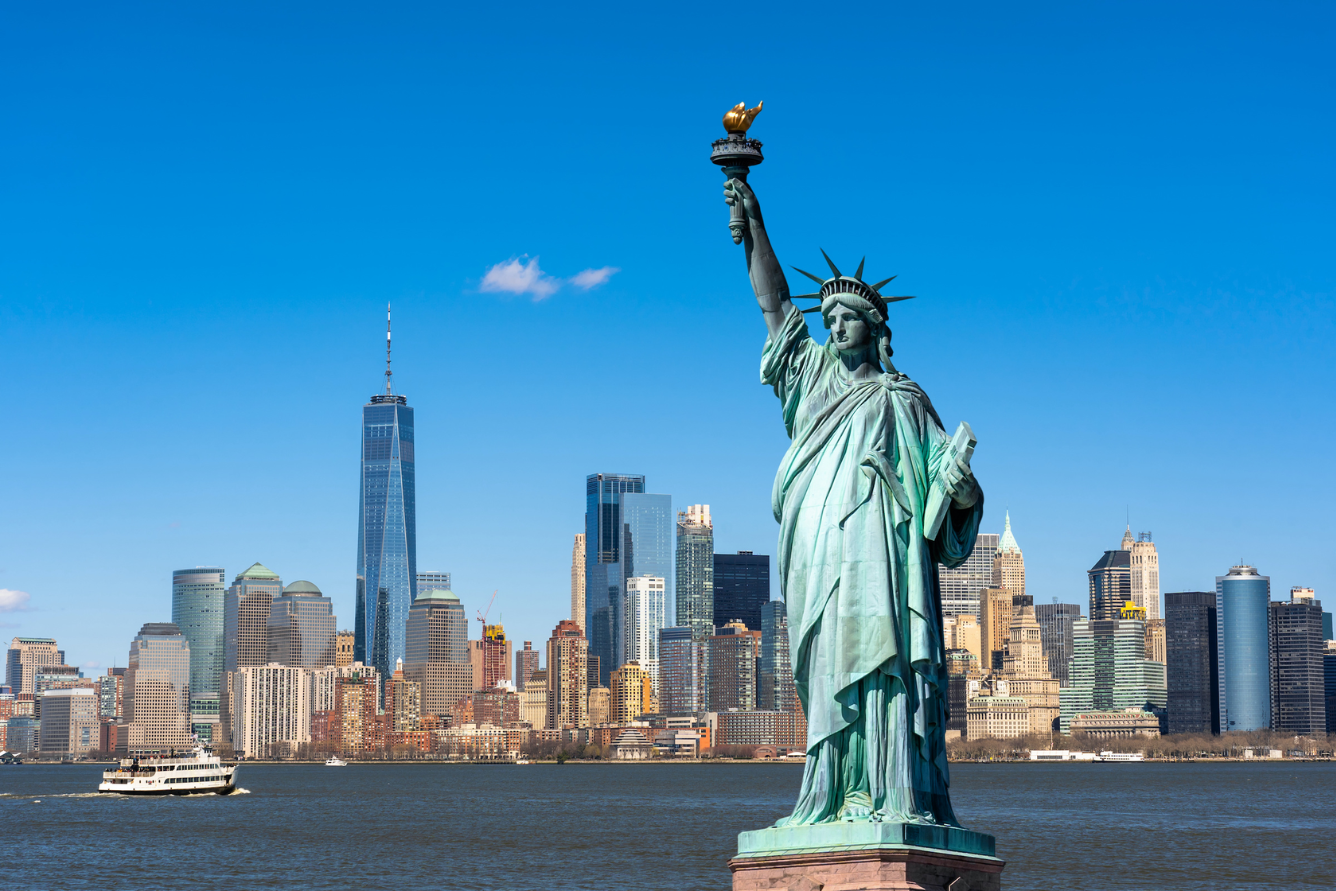

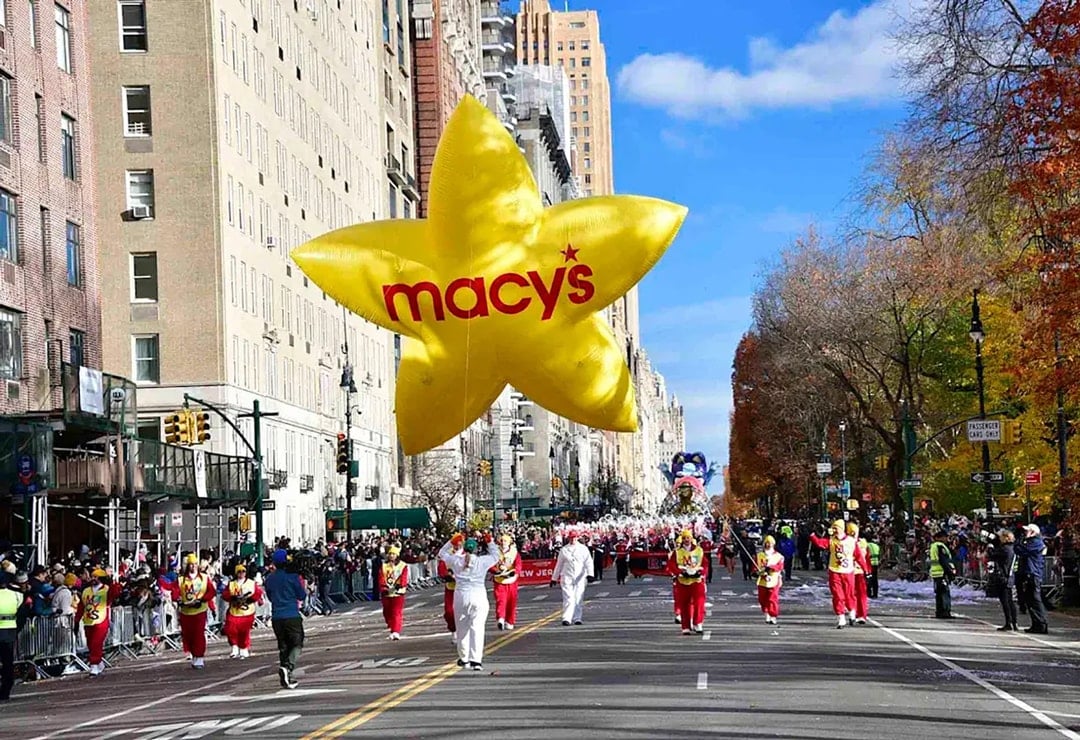


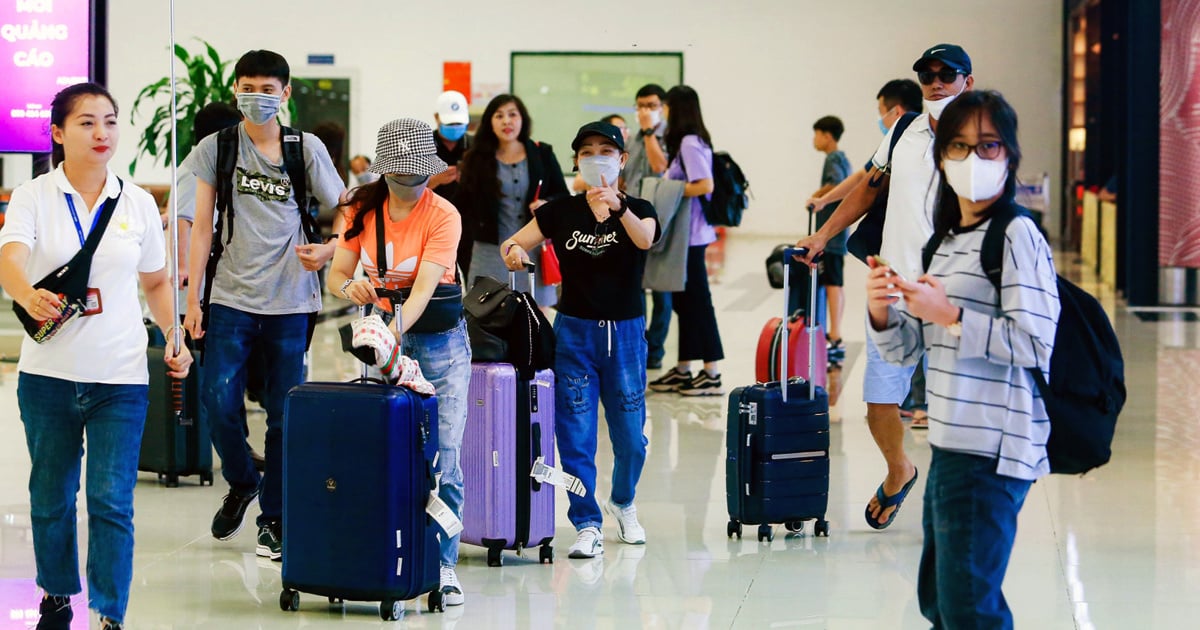


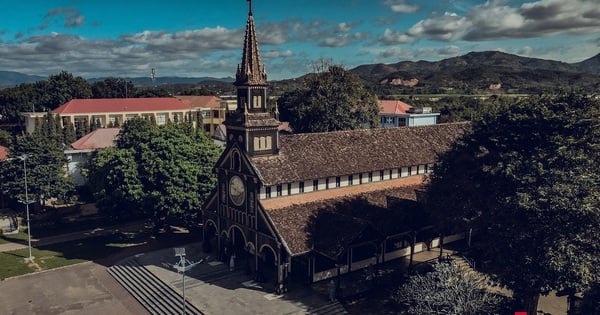













































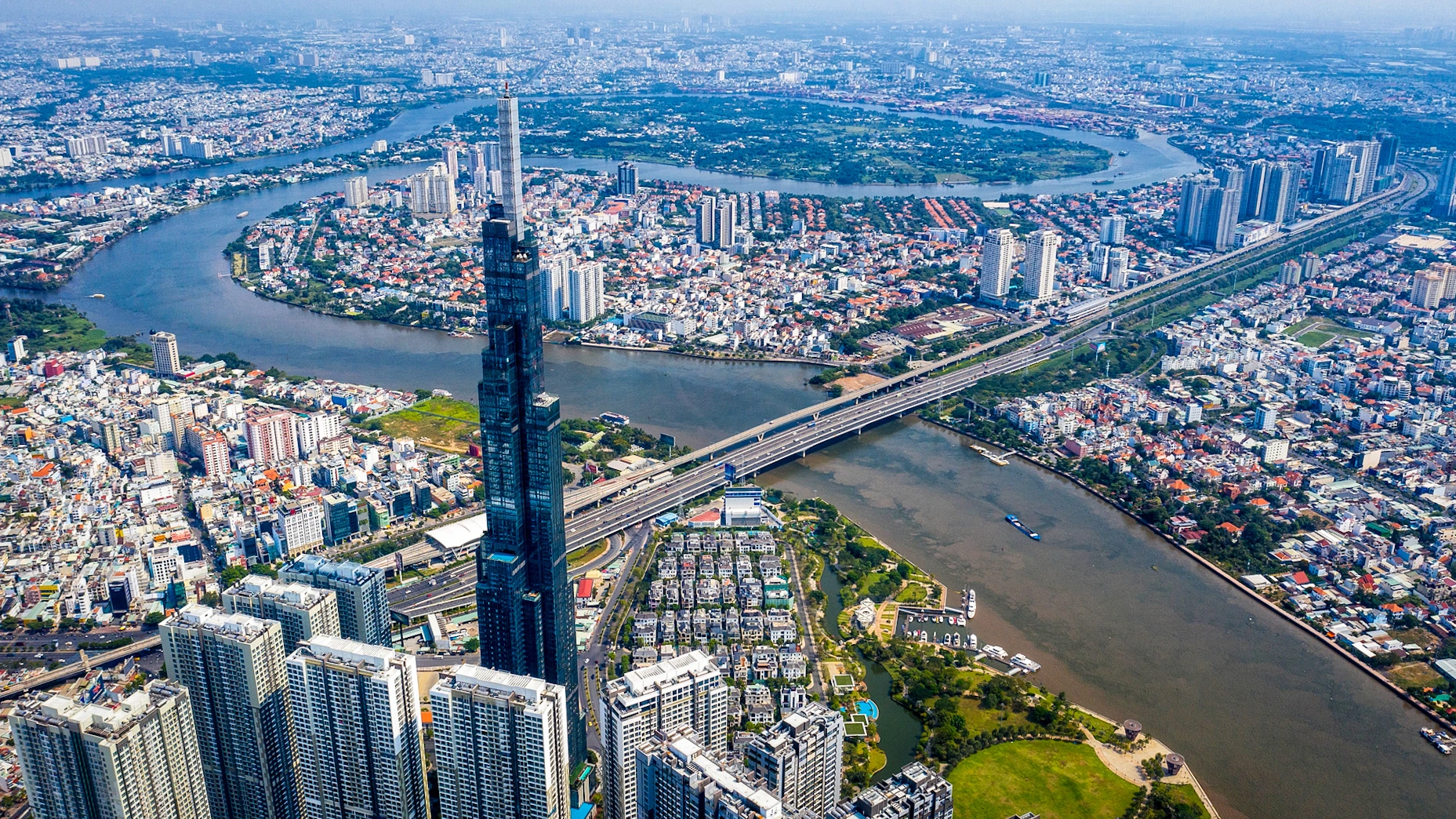












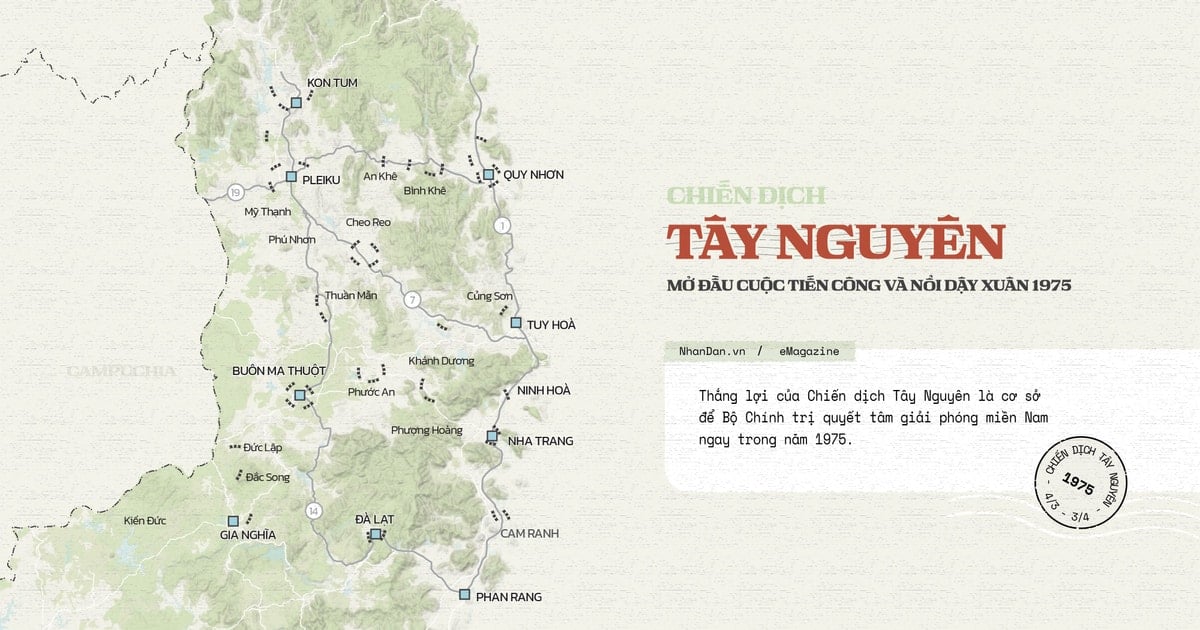

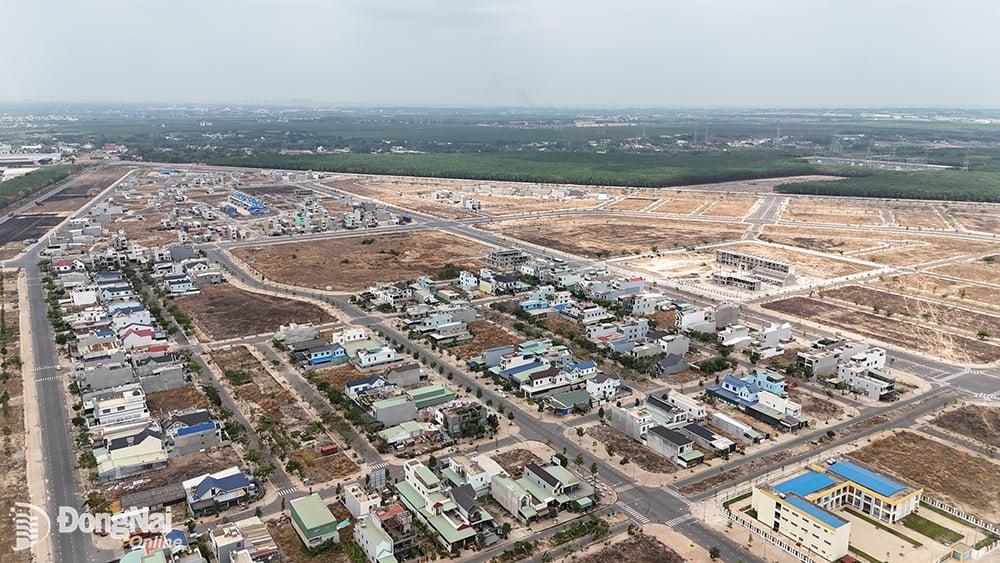













Comment (0)